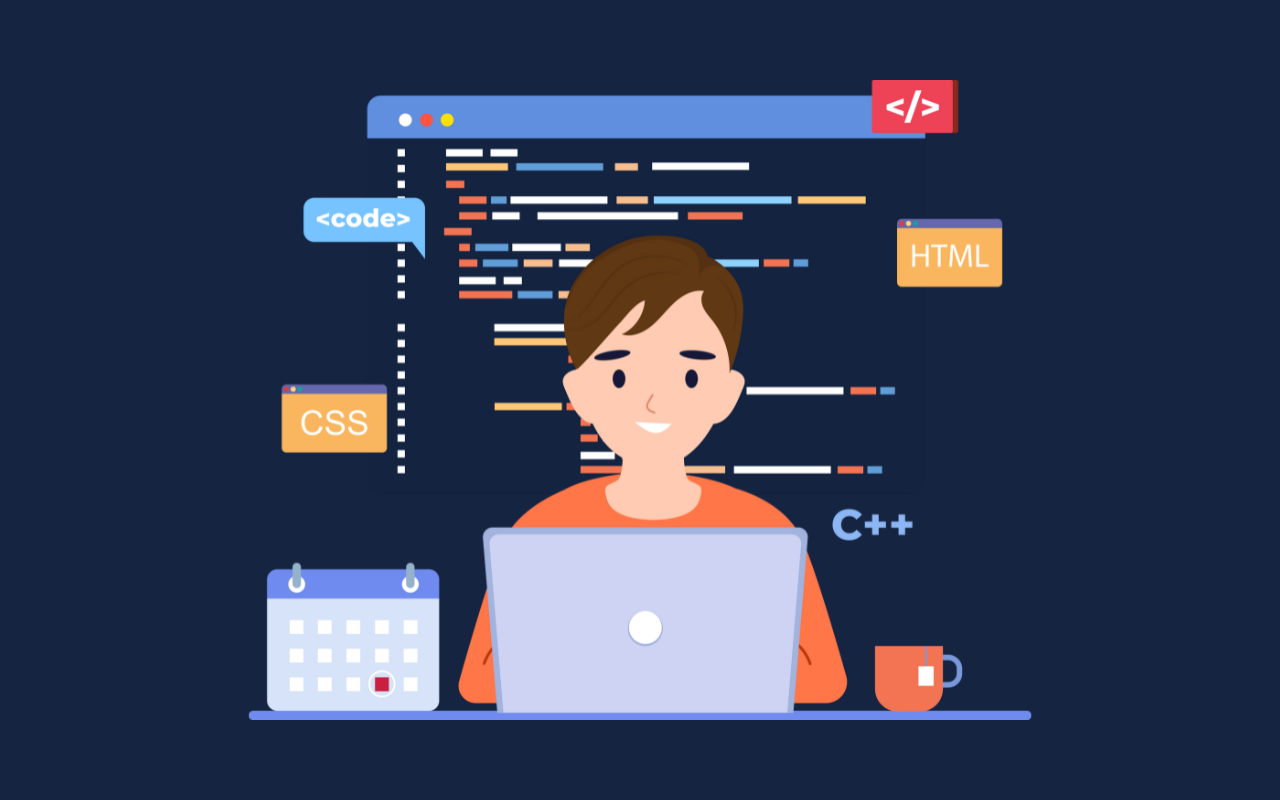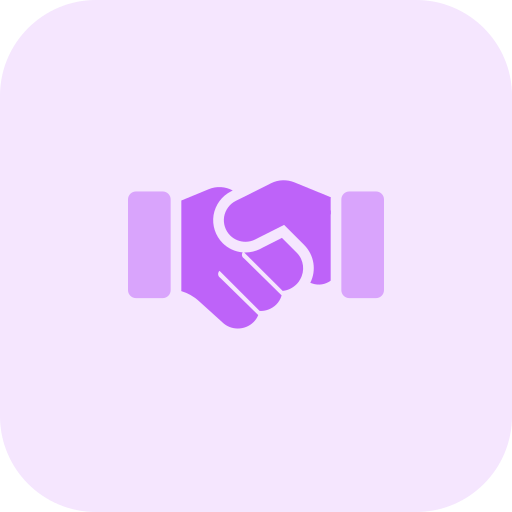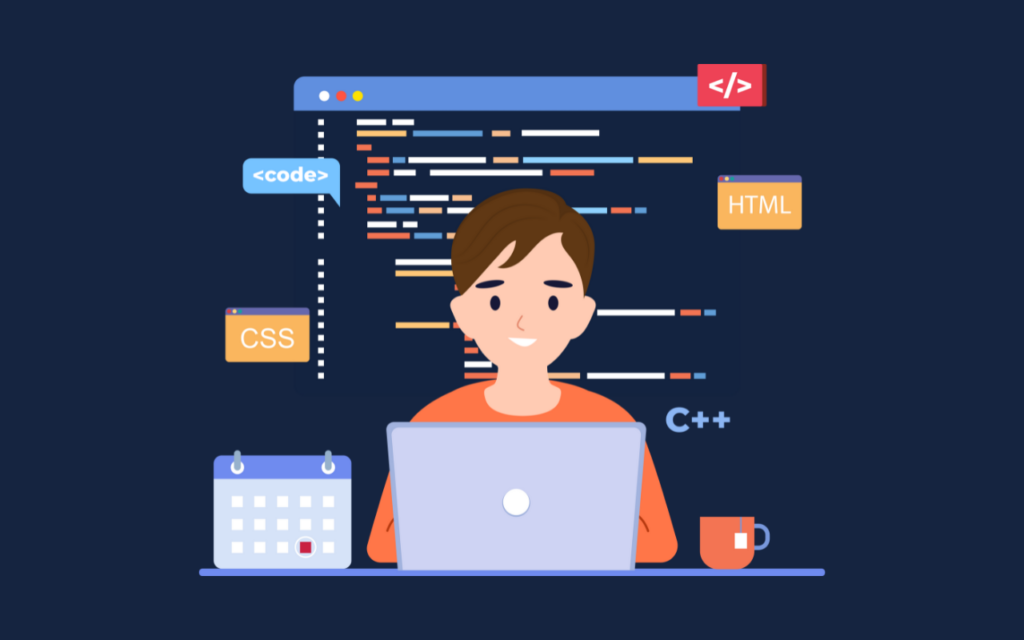
Startups and fast-scaling companies are under increasing pressure to deliver high-quality products at a rapid pace. As competition stiffens and engineering resources remain scarce, many teams are turning to offshore developers to accelerate their roadmaps. Hiring offshore, however, is only half the battle. The true challenge lies in effective integration, ensuring offshore engineers don’t just complete tasks but function as full members of your team.
Here are ten detailed strategies that help you successfully integrate offshore engineers into your existing tech structure, enhancing collaboration, productivity, and long-term growth.
1. Start With Clear Onboarding and Documentation
The foundation of seamless integration begins with onboarding. New engineers, especially those based offshore need a well-defined process to ramp up quickly and effectively. When you onboard someone remotely, they lack the benefit of hallway conversations or impromptu office chats to fill in the gaps. That’s why your documentation needs to be more than just code comments or a link to the company wiki. It should include a structured walkthrough of your product, a breakdown of the system architecture, a list of services in play, and guidance on how to get a development environment running locally.
Additionally, outlining team expectations, communication protocols, engineering best practices, and key contacts helps offshore engineers know where to go when they have questions. Pairing them with a peer or mentor in their first few weeks can also provide them with informal support and feedback as they learn the ropes. When new hires, whether onshore or offshore, can reference consistent, centralized documentation and receive personal support, they start stronger, build confidence faster, and begin contributing meaningfully much sooner.
2. Align Everyone on Time Zones and Work Overlap
Time zone differences are often cited as a barrier to offshore integration, but the real problem isn’t geography, it’s lack of intentional planning. You don’t need to be online at the same time for the entire workday, but you do need enough overlap to collaborate effectively. For most distributed teams, carving out a 2-4 hour block of shared working hours is often enough to support daily stand-ups, urgent issues, or real-time problem-solving.
The key is to be proactive about time zone management. This might mean adjusting meeting times to ensure everyone has a voice or rotating scheduling burdens so offshore teams don’t always bear the inconvenience. Transparency around availability such as shared calendars and working hour preferences helps avoid misunderstandings and delays. Over time, teams that master this rhythm gain an unexpected advantage: they can operate almost around the clock. A team in San Francisco can push code that gets reviewed and tested by engineers in Lagos while they sleep. That level of continuity adds velocity and resilience, two things every fast-growing startup needs.
3. Use Async Communication
In a distributed work environment, asynchronous communication isn’t just a workaround, it’s a strategic advantage. When your team embraces async collaboration, you reduce the bottlenecks that come from waiting on responses or having everyone in the same meeting to move things forward. Offshore engineers, in particular, benefit from this model because it allows them to stay productive even when their onshore counterparts are offline.
Async communication works best when your tools and habits support it. Written updates, documented decisions, and recorded walkthroughs create a knowledge trail that eliminates ambiguity and fosters autonomy. Instead of needing to ask someone how a feature should be implemented, offshore engineers can read through a spec, watch a Loom video, or review past discussions in Slack or Notion. This self-service access to context makes them faster and more confident in their work.
It also encourages clearer thinking across the board. Writing out thoughts instead of relying on meetings forces everyone to be more intentional, reducing miscommunication and promoting accountability. Ultimately, a well-executed async strategy levels the playing field whether someone’s in Nairobi, Lagos, Texas, New York, or New Delhi, they have equal access to the information and opportunities they need to succeed.
4. Standardize Your Development Workflow
A fragmented development process can undermine even the most talented engineering team. When every engineer follows their own conventions for committing code, conducting reviews, or deploying updates, collaboration breaks down especially across geographic and cultural lines. Offshore engineers often join your team without the benefit of shared office culture, so it’s essential to create consistent workflows that set everyone up for success.
Standardization isn’t about rigidity, it’s about clarity. Defining how code is pushed, how pull requests are structured, how tests are written and run, and how releases are managed helps align expectations across the board. Offshore engineers should know exactly how work moves from idea to production, and what checkpoints exist along the way. When these workflows are documented and followed, quality improves and productivity rises. There’s less guesswork, fewer redundant conversations, and faster cycles.
Just as important is making sure everyone has access to the same tools and permissions. Offshore engineers should be able to participate in code reviews, testing pipelines, and standups with the same visibility as your internal team. When workflows are both inclusive and predictable, offshore talent can operate with the same effectiveness and accountability as anyone else.
5. Involve Offshore Engineers in Product Discussions
If your offshore engineers are only looped in when the Jira ticket is ready, you’re missing out on their full potential. Developers who understand the “why” behind a feature are far more effective than those who only know the “what.” Including offshore engineers in sprint planning, roadmap discussions, and early-stage problem-solving helps them think like owners, not order-takers.
This involvement creates buy-in. When engineers hear customer feedback or learn how a feature aligns with broader company goals, they’re more motivated and make smarter implementation choices. It also gives them a sense of purpose, something every high-performing engineer values. Offshore developers, like their in-house counterparts, want to do meaningful work. Giving them a seat at the product table signals that their voices matter and that they’re trusted contributors.
More practically, including engineers early often leads to better technical solutions. They may propose an architecture that reduces future complexity or suggest ways to re-use existing components. By the time development starts, offshore engineers aren’t catching up; they’re already invested. Over time, this culture of inclusion builds loyalty, sharpens execution, and transforms offshore hires into long-term partners.
6. Create Shared Communication Channels
When teams are split across locations, it’s easy for communication to become fragmented. Offshore engineers might end up with a separate Slack channel or limited access to shared tools, which makes them feel nonessential rather than integrated. The remedy is simple but powerful: make communication unified and transparent.
Your engineering team should operate in a shared digital workspace, where everyone has equal visibility into updates, feedback, bugs, and celebrations. Offshore engineers should be looped into the same channels as your local devs. They should receive product updates, attend relevant meetings, and contribute to project review. This transparency fosters alignment and trust.
Beyond work-related communication, shared spaces also help build culture. Whether it’s posting a Friday meme, celebrating a product launch, or giving shoutouts for great work, the more your team interacts as a cohesive group, the faster offshore engineers will feel part of the team. Over time, this cultural cohesion reduces friction, builds camaraderie, and improves team retention both locally and globally.
7. Assign Clear Ownership and Responsibilities
When responsibilities are unclear, engineers step on each other’s toes or worse, no one steps up at all. This is particularly problematic in distributed teams, where offshore developers might hesitate to take initiative if they’re unsure whether it’s expected of them.
Clear ownership solves this. Every feature, service, or deliverable should have an assigned point person, and those roles should be visible to the entire team. Offshore engineers should be empowered to own features, lead implementations, and take charge of parts of the product. This builds accountability, but it also builds confidence.
When ownership is distributed thoughtfully, it reduces dependency on a small group of developers. Your system becomes more resilient, and offshore engineers grow in experience and capability. It’s also a great way to spot future leaders. Engineers who consistently deliver on ownership can be upskilled into team leads or specialized roles over time.
Rather than silo offshore engineers into execution-only roles, treat them as equal members of your engineering organization. Assigning clear responsibilities creates a culture of trust and shared success no matter where your team is located.
8. Encourage Regular Knowledge Sharing
In high-functioning engineering teams, knowledge is constantly flowing from senior to junior devs, across product areas, and between time zones. Offshore engineers shouldn’t be passive recipients in this flow; they should be active contributors. Building a culture of knowledge sharing is key to keeping your entire team local and remote aligned, sharp, and growing.
You can encourage this by creating forums where engineers showcase their work, present solutions to complex problems, or share lessons from a project. Internal talks, engineering roundtables, or recorded presentations can all help create a shared learning environment. Offshore developers should be encouraged to write documentation, contribute to wikis, and offer insights during retros or demos.
This approach reinforces two things: first, that offshore engineers are not just executors, but experts with valuable perspectives; and second, that your team is invested in collective improvement, not just delivery. The result is a more collaborative, engaged, and innovative engineering culture one that spans across borders and time zones.
9. Foster Personal Relationships, Not Just Professional Ones
It’s easy to treat offshore team members as transactional partners, especially when communication is mostly digital and task-driven. Take time to connect with offshore engineers on a personal level. That might mean kicking off one-on-one meetings with a few minutes of casual chat, hosting virtual team socials, or even creating shared rituals like “Friday Wins” where everyone posts something good that happened that week. Small gestures go a long way; asking about a holiday, celebrating a birthday, or checking in during a tough news cycle all show empathy.
These moments build trust. And trust is what turns coworkers into teammates. When your offshore engineers feel seen, appreciated, and respected beyond their code, they become more engaged, more collaborative, and more loyal. Culture isn’t limited by location. It’s a choice you make and reinforce every day.
10. Choose the Right Offshore Partner or Platform
All of the strategies above work best when you’re working with the right offshore partner. Not all platforms or agencies are created equal. The quality of the engineers, their familiarity with modern collaboration tools, their cultural alignment, and the level of support they receive all make a big difference in how smoothly integration goes.
Look for partners who not only vet technical skills but also assess communication, adaptability, and remote-readiness. You want developers who understand agile workflows, who can proactively ask questions, and who see themselves as extensions of your team—not mercenaries completing a task.
At DivVerse Labs, we specialize in helping startups integrate Africa’s top 1% engineers into their product teams. Our developers are vetted for both skill and soft skills, ensuring they can contribute from day one. Whether you’re looking to build an MVP or scale your engineering bandwidth, our team is ready to plug in where you need it most.
Conclusion
Hiring offshore engineers isn’t just about saving money, it’s about tapping into a global pool of exceptional talent that can drive innovation, speed, and impact. But integration is the key to unlocking that value. With thoughtful onboarding, clear workflows, inclusive communication, and shared culture, offshore engineers become more than just remote workers. They become core team members who elevate your product, your team, and your company.
Done right, offshore integration isn’t just possible, it’s a strategic advantage.
At DivVerse Labs, we help companies integrate top-tier African engineers seamlessly into their existing teams. Let’s help you scale your development team the right way, schedule a discovery call to get started.










